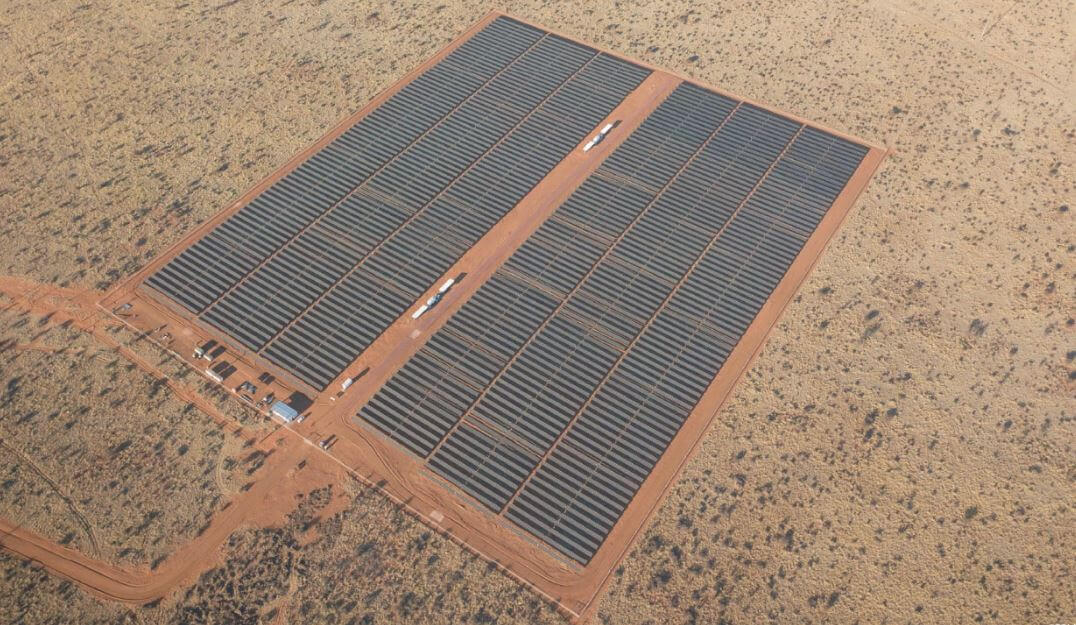Preliminary data show the blackouts plaguing South Africa due to ageing infrastructure and insufficient investment have triggered an unprecedented surge in private solar power installation.
Estimates from state-run utility Eskom indicate that the rainbow nation added more than 1,000 megawatts (MW) of solar in just the last two months, according to the news platform Semafor.
The increase in solar installations in two months to June 2023 is more than what was added in the preceding six months, highlighting not just South Africa’s but the continent’s solar power potential.
“What you’re seeing in these numbers is households and the private sector taking matters into their own hands,” Wikus Kruger, director of the Power Futures Lab at the University of Cape Town, told Semafor. “It’s being driven not by government policy per se, but by desperation.”
As a comparison, South Africa’s nuclear power station, Koeberg, is rated at 1,860 MW, while 2022 figures place the entire installed capacity of East Africa’s leading economy, Kenya, at just over 3,000 MW.
The amount for the two months is also more than the total solar energy installed across all of Africa in 2022 (just under 1,000 MW).
South Africa has a total installed power capacity of over 60,000 MW but Eskom, which is responsible for most of that, currently struggles to provide half of its rated capacity and early in 2023, South Africa introduced a R4 billion (US$216 million) rebate scheme to encourage private solar installation.
Both homeowners and businesses are responsible for the massive increase in South Africa’s rooftop installations, and some of the country’s biggest retailers have joined in, installing solar panels to ‘blackout-proof’ their establishments.
The country’s Shoprite Group reported that in the 12 months to October 2022, it grew its installed capacity of solar PV systems by 82%.
The 143,674m2 of solar panels it installed at 62 sites is the equivalent of 20 soccer fields, enough to power 3,735 households for one full year, according to the retailer. The solar power not only keeps its stores running but also eases pressure on the national electricity grid – and saved the retailer R16 million ($900,000) in electricity costs in the reported year alone.
“We intend to build on this in the coming years to meet our science-based emission reduction targets, including net-zero greenhouse gas emissions by 2050,” Sanjeev Raghubir, Shoprite Group Sustainability Manager, said on the firm’s website.
With power outages likely to continue at least until the end of 2023, the surge in solar installations both at businesses and homes, looks set to continue.
bird story agency






